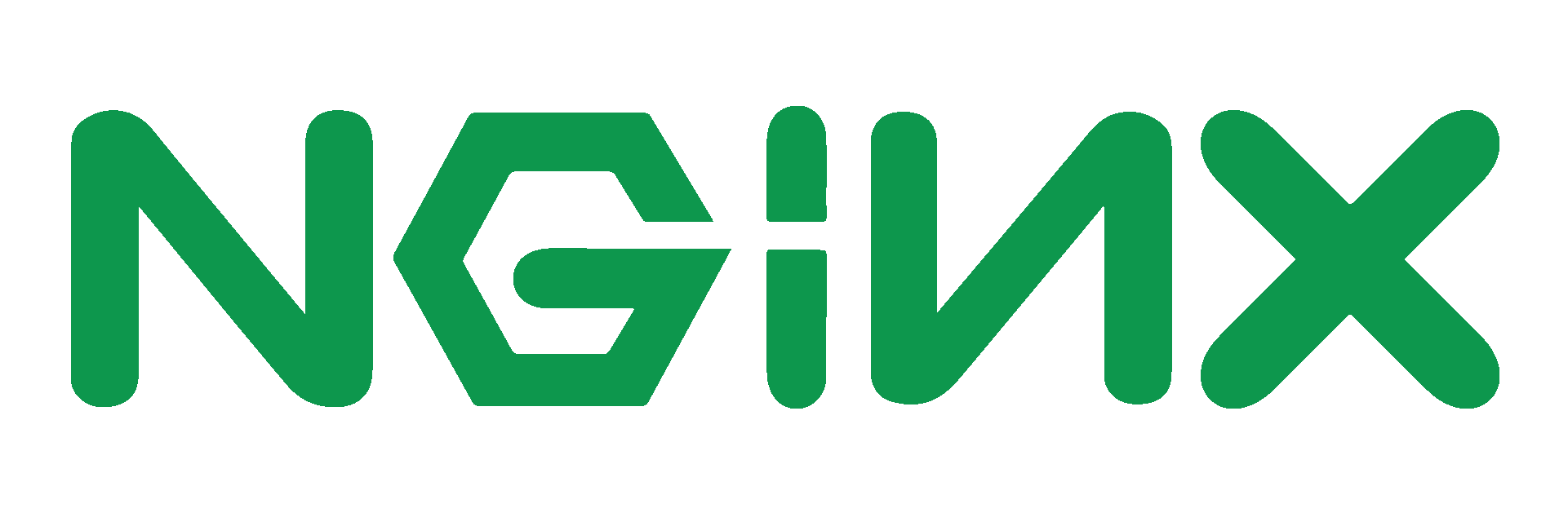NGINX Core - Location
About
This lesson provides an overview of NGINX, it's primary use cases and key features.
Intended Audience
This lesson is intended for people who need to be familiar with NGINX use cases and the high-level capabilities it brings to its end users.
Lesson Overview
We start by exploring the origins of NGINX in the "Getting Started Module".
Next, we learn how to go about installing NGINX on various operating systems and with different options.
In Module 2, 3, and 4 we explain the basics of the configuration language of NGINX - and how to set up NGINX as a Web server.
Prerequisites
In order to get the most out of the lesson, you need to have a general understanding of Web servers and how they work. To work with NGINX Plus on the command line, you need to be familiar with Linux and how to move between directories on the command line. You also need to be able to edit files with a command-line editor such as nano, vi or vim. Our labs use the vim editor. You need to understand the basics of HTTP and TCP/IP, and you should also have a basic knowledge of networking.
Learning Objectives
After completing this lesson you will be able to:
- Describe the most common use cases of NGINX
- Describe the differences between NGINX F/OSS and NGINX Plus
- Execute basic NGINX commands
- Locate your NGINX configuration file(s)
- Describe the role of contexts, blocks, and directives in your configuration file(s).
- Identify the server block that will respond to a request
- Identify the location block that responds to requests, identify location processing rules, and configure a simple web server that serves static pages and images.
